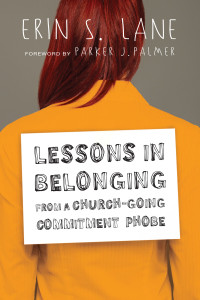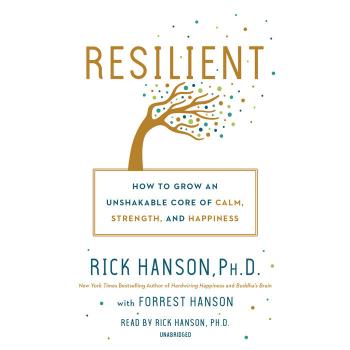 Lessons in Belonging from a Church-Going Commitment Phobe by Erin S. Lane
Lessons in Belonging from a Church-Going Commitment Phobe by Erin S. Lane
Lessons in Belonging from a Church-Going Commitment Phobe by Erin S. Lane is for people who like the idea of church but feel discouraged by the people who go to church (15). Lane comes from a “progressive-evangelical” perspective of the Presbyterian mainline denomination. Lane reminds the reader about the growing population of religious “nones” which are increasingly made up by Millennials (16). Lane calls people not to go to church per se, but to become more interested in “belonging” to one another. Fellowship or community is the challenge that she attempts people to consider. Church is not a building, but a group of believers who belong to one another. She challenges the reader to consider a greater commitment, not to the institution, but to community.
Lane shares the angst that her generation experiences with the church. She shares a skeptical view of the church. While it appears that she like the church, she is weary of the people who make up the church. She offers six lessons that she has learned and wishes to share – in the hope that it will help others to be more committed, not less. Unfortunately, she tends to ramble while sharing important lessons. She is an admitted “church dater,” leery of commitment (36).
Lane states that the first lesson is that the Millennial generation is full of angst and anxiety (56). The second lesson is about reading charitably from other people and learning something about yourself. In so doing, this generation questions the nature of the roles in marriage. The third lesson is that showing up is a discipline to follow. Lane encourages participation, not just attendance. The fourth lesson is the risk of vulnerability, which comes with commitment to a church. One progresses from angst, to defining one’s role to showing up and then participation. One arrives at a point of vulnerability which can stop a person from being committed. It takes discernment (which is the fifth Lane shares) to know if a church will be the right community to join. She describes how this plays out (163-166) and shares the wisdom that every person should be careful before they join a church. Many times a church doesn’t reveal everything about themselves, their group dynamics, strengths and weaknesses, desires and purpose. Lane correctly instructs the reader that the participant is just as responsible for knowing if they should join a church. Once a person decides to join the church, the sixth lesson is to get involved (or what Lane calls “offering my portion”.) The question people used to ask about the church (172) was “What is true?” but now they ask: “What is real?”
With so many sectors competing for one’s attention, asking this question is essential. There is a process to belonging in a community that becomes the way in which one learns how church can be real. Lane shares several examples (176-177), and ultimately shows that people in the church need to bond with unbelievers in order for others to join. Biblically speaking, belonging is not about what we do, but who we are (178). Our portion, or our part, is what we bring to the church family. This helps us to belong to the church family.
Lane takes a long journey to make the point that belonging is a process. She illustrates the fact that in present-day America, the church will have to be patient to reach the least-committed generation in history. At the same time, this book shows that once the church reaches the Millennials and has their commitment, then they will be an essential part (portion) to the health of a growing church. If one wants to know the mind-set of a Millennial and their desire for belonging, (which is not the same as membership in their mind), then this book will help the reader understand. For pastors who have traditional churches, and are struggling to reach a newer and younger generation, this book will help one understand how they think and how to reach them.
Disclosure of Material Connection: I received this book free from the author and/or publisher through the Speakeasy blogging book review network. I was not required to write a positive review. The opinions I have expressed are my own. I am disclosing this in accordance with the Federal Trade Commission’s 16 CFR,Part 255.
















